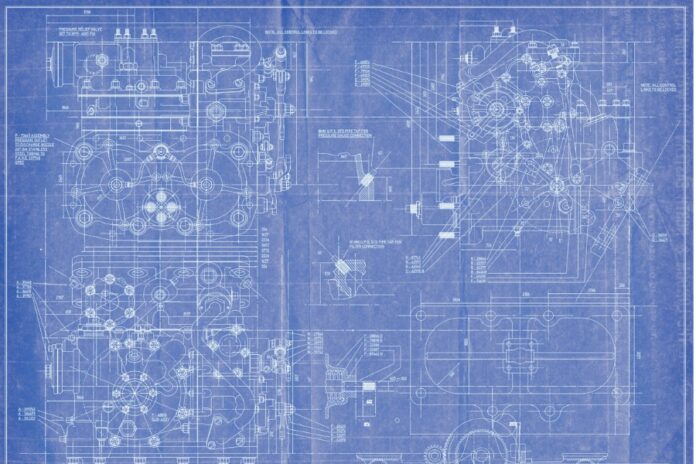
Ongoing changes to the economy and labor market are pressuring organizations’ approaches to talent acquisition. TA teams that do not adapt to these rapid shifts risk structural misalignment increased stress and burnout as talent pools shrink and candidate behaviors change, according to McLean & Company, a researcher and industry consultant.
McLean’s new resource, Redesign the Talent Acquisition Strategy, was developed to support HR leaders in understanding, analyzing and redesigning the TA structure in order to better support their organizations’ needs while adapting to the evolving hiring environment.
There is no universal talent acquisition structure, McLean said. Instead, creating a customized and adaptable TA structure that aligns with the organization’s goals and supports its TA strategy will be most effective as internal and is the function external factors continue to shift.
Structure is the Goal
Talent acquisition brings value to the organization by identifying and recruiting qualified people, at the appropriate time, to successfully fill required roles. Creating a TA strategy that supports delivery and focuses on the organization’s future needs allows for scalability and adaptability, reducing the need for frequent structure redesigns.
“There is no universal or best talent acquisition structure,” said LynnAnn Brewer, McLean’s director of HR research and advisory services. “Redesigning the TA structure to be specific to the organization’s needs is not, however, a simple solution.” Among other things, it requires a thorough evaluation of the organization’s underlying issues. “While changing the TA structure alone won’t solve all of its recruitment challenges, it does create a foundation which enables the organization to address the challenge areas.”
To ensure their organizations are implementing the right TA strategy for the situation at hand, HR leaders can follow McLean & Company’s process to redesigning their TA structure. This follows four steps: Define the desired outcomes of the TA structure; understanding how best to engage core stakeholders, as well as gathering information about the current and future state of TA, creating a list of TA activities, and determining constraints and limitations. This is followed by the creation of design principles based on the identified strengths, challenge areas and structural implications, including uncovering goals and metrics to track success.
What to Do
Determine the jobs required to meet needs. Step two supports the establishment of how TA activities will be completed and deciding which activities will be completed by the TA team. Next, the workload for each activity is evaluated, TA activity groups are created and adaptability is built into the TA structure.
Design the TA structure – Upon completion of step three, decision-makers in the TA redesign process determine the required quantity of positions for each role, updated the reporting structure, and gathered feedback to finalize the new structure.
Communicate and implement the new TA structure: The fourth and final step guides HR leaders through creating a communication plan, which anticipates stakeholders’ reactions, supports team members through the transition and enables planning for monitoring, reviewing and iterating the TA structure.
McLean & Company observes that redesigning the TA structure is just one step in creating a strategic talent acquisition function within the organization. It may also be disruptive and may not result in a more effective TA function if the root cause of the challenges is not addressed.
Image: iStock













